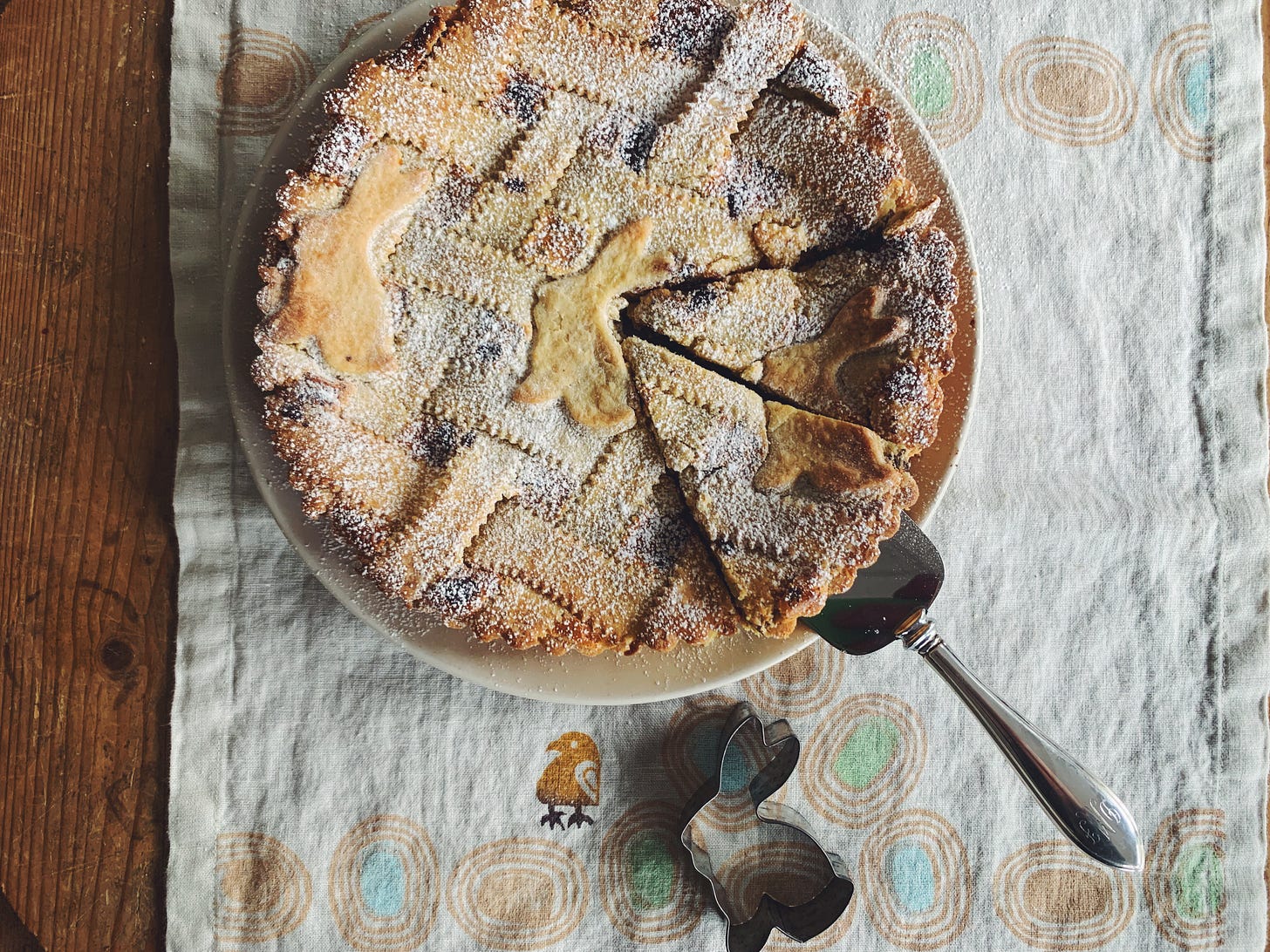Crostata alla Stracciatella
In 2019, I spent a week in Bergamo, a splendid historic walled city in Lombardy. One afternoon I stopped in, by chance, at a ristorante-pasticceria called La Marianna. Lo and behold, I had happened upon the place where straciatella gelato was born. In 1961, founder Enrico Panattoni was looking for a way to use up leftover chocolate Easter eggs when the …

